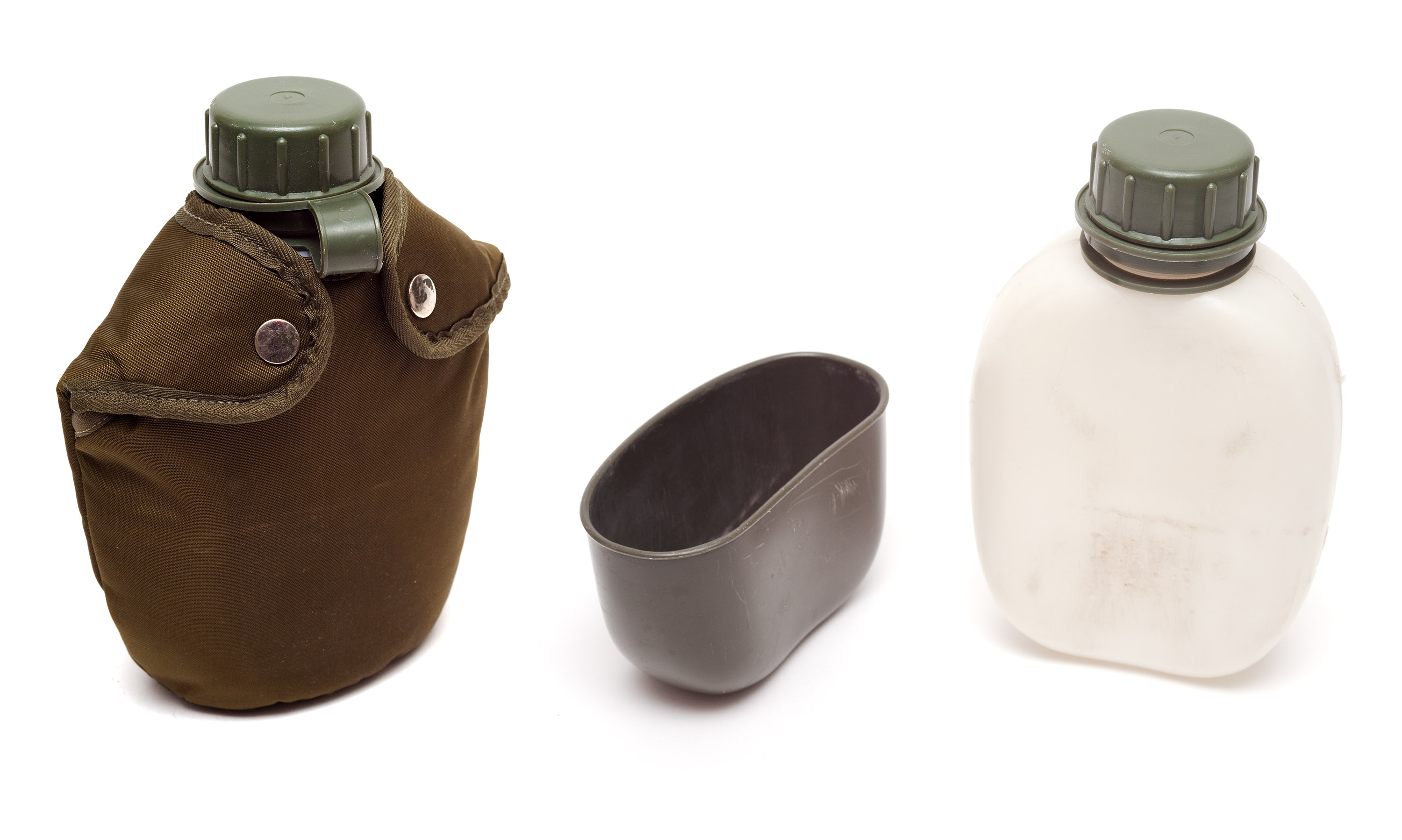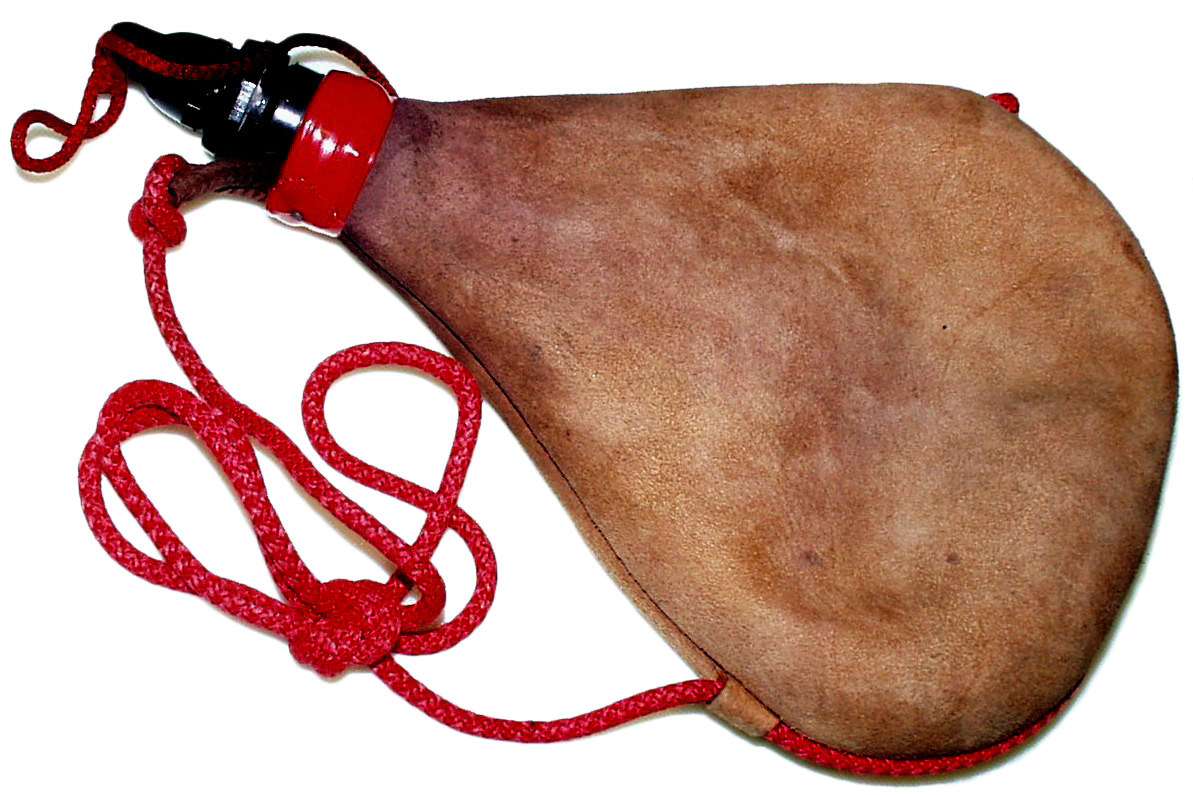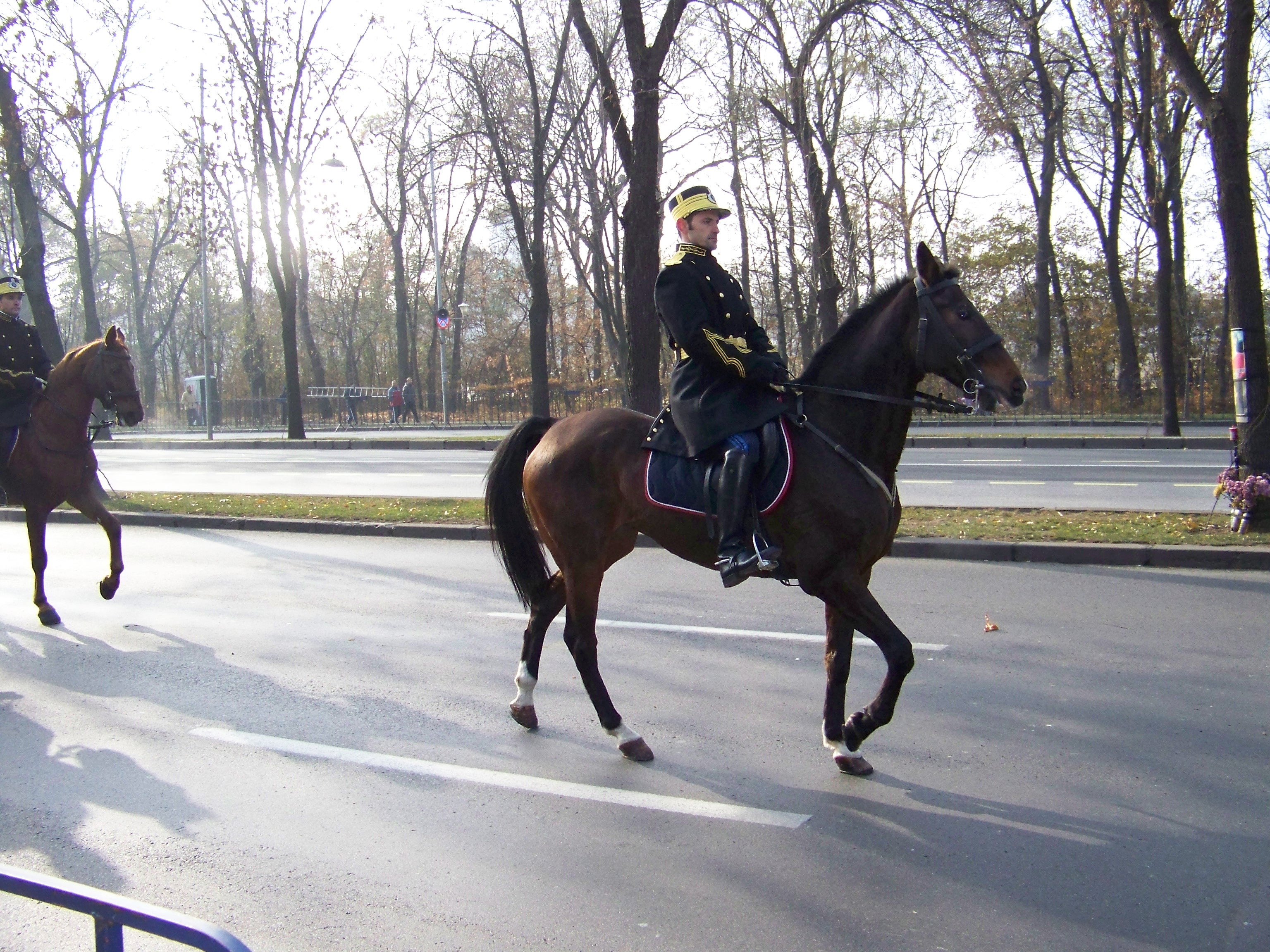|
Plosca
Plosca is a commune in Teleorman County, Muntenia, Romania. It is composed of a single village, Plosca. Name The name is probably derived from a container used for water and beverages (''ploscă'' is the Romanian word for canteen or bota bag). History In 1943, the three British SOE members of Operation Autonomous were arrested near Plosca by the Romanian Gendarmerie The ''Jandarmeria Română'' () is the national Gendarmerie force of Romania, tasked with high-risk and specialized law enforcement duties. It is one of the two main police forces in Romania (the other being the Romanian Police - a civilian fo .... References * Communes in Teleorman County Localities in Muntenia {{Teleorman-geo-stub ... [...More Info...] [...Related Items...] OR: [Wikipedia] [Google] [Baidu] |
Operation Autonomous
Operation Autonomous was a clandestine operation carried out on the territory of Romania by the Special Operations Executive (SOE) set up by Winston Churchill for the duration of World War II to assist local Resistance movements. Participants In 1943, three British secret agents were parachuted into Romanian territory: * Lt. Colonel Alfred Gardyne de Chastelain, experienced Special Operations Executive (SOE) officer, who was the operation's commander. * Capt. Ivor Porter, who later wrote a book about the operation. * Capt. Silviu Mețianu, of Romanian origin, who had previously emigrated to Great Britain. Operation aims and outcome The aim of the operation was primarily political: * To persuade Romanian politicians, especially Iuliu Maniu, the leader of the National Peasants' Party, to negotiate an armistice with the Allied Powers. * In case they were captured by authorities loyal to the Antonescu government, to convince the Romanian authorities during their interrogation, that ... [...More Info...] [...Related Items...] OR: [Wikipedia] [Google] [Baidu] |
Teleorman County
Teleorman County () is a county ( județ) of Romania on the border with Bulgaria, in the historical region Muntenia, with its capital city at Alexandria. The name ''Teleorman'' is of Cumanic ( Turkic) origin. It literally means ''crazy forest'' (Deli orman) and, by extension, "thick and shadowy forest" in the Cuman language. It can be encountered in other toponyms, such as the Turkish name of the Ludogorie Plateau in northeastern Bulgaria. Demographics In 2011, the county had a population of 360,178 and the population density was 62.2/km². * Romanians - 96.76% * Romani - 3.18% * Other minorities - 0.06% Geography Teleorman County has a total area of . Two distinctive elements can be found: * In the North and center there are plains from the Romanian Plain. They are separated by small rivers, which sometimes form deep valleys. * In the South there is the Danube valley, very wide, with ponds and small channels. Beside the Danube, the main river crossing the county is t ... [...More Info...] [...Related Items...] OR: [Wikipedia] [Google] [Baidu] |
Communes Of Romania
A commune (''comună'' in Romanian language, Romanian) is the lowest level of administrative subdivision in Romania. There are 2,686 communes in Romania. The commune is the rural subdivision of a Counties of Romania, county. Urban areas, such as towns and cities within a county, are given the status of ''Cities in Romania, city'' or ''Municipality in Romania, municipality''. In principle, a commune can contain any size population, but in practice, when a commune becomes relatively urbanised and exceeds approximately 10,000 residents, it is usually granted city status. Although cities are on the same administrative level as communes, their local governments are structured in a way that gives them more power. Some urban or semi-urban areas of fewer than 10,000 inhabitants have also been given city status. Each commune is administered by a mayor (''primar'' in Romanian). A commune is made up of one or more villages which do not themselves have an administrative function. Communes ... [...More Info...] [...Related Items...] OR: [Wikipedia] [Google] [Baidu] |
Muntenia
Muntenia (, also known in English as Greater Wallachia) is a historical region of Romania, part of Wallachia (also, sometimes considered Wallachia proper, as ''Muntenia'', ''Țara Românească'', and the seldom used ''Valahia'' are synonyms in Romanian). It is situated between the Danube (south and east), the Carpathian Mountains (the Transylvanian Alps branch) and Moldavia (both north), and the Olt River to the west. The latter river is the border between Muntenia and Oltenia (or ''Lesser Wallachia''). Part of the traditional border between Wallachia/Muntenia and Moldavia was formed by the rivers Milcov and Siret. Geography Muntenia includes București - Ilfov, Sud - Muntenia, and part of the Sud-Est development regions. It consists of ten counties entirely: * Brăila * Buzău * Călărași * Argeș * Dâmbovița * Giurgiu * Ialomița * Ilfov * Prahova And parts of four others: * Teleorman (the entire county with the exception of Islaz) * Vrancea (southern part) * ... [...More Info...] [...Related Items...] OR: [Wikipedia] [Google] [Baidu] |
Romania
Romania ( ; ro, România ) is a country located at the crossroads of Central Europe, Central, Eastern Europe, Eastern, and Southeast Europe, Southeastern Europe. It borders Bulgaria to the south, Ukraine to the north, Hungary to the west, Serbia to the southwest, Moldova to the east, and the Black Sea to the southeast. It has a predominantly Temperate climate, temperate-continental climate, and an area of , with a population of around 19 million. Romania is the List of European countries by area, twelfth-largest country in Europe and the List of European Union member states by population, sixth-most populous member state of the European Union. Its capital and largest city is Bucharest, followed by Iași, Cluj-Napoca, Timișoara, Constanța, Craiova, Brașov, and Galați. The Danube, Europe's second-longest river, rises in Germany's Black Forest and flows in a southeasterly direction for , before emptying into Romania's Danube Delta. The Carpathian Mountains, which cross Roma ... [...More Info...] [...Related Items...] OR: [Wikipedia] [Google] [Baidu] |
Romanian Language
Romanian (obsolete spellings: Rumanian or Roumanian; autonym: ''limba română'' , or ''românește'', ) is the official and main language of Romania and the Moldova, Republic of Moldova. As a minority language it is spoken by stable communities in the countries surrounding Romania (Romanians in Bulgaria, Bulgaria, Romanians in Hungary, Hungary, Romanians of Serbia, Serbia, and Romanians in Ukraine, Ukraine), and by the large Romanian diaspora. In total, it is spoken by 28–29 million people as an First language, L1+Second language, L2, of whom 23–24 millions are native speakers. In Europe, Romanian is rated as a medium level language, occupying the tenth position among thirty-seven Official language, official languages. Romanian is part of the Eastern Romance languages, Eastern Romance sub-branch of Romance languages, a linguistic group that evolved from several dialects of Vulgar Latin which separated from the Italo-Western languages, Western Romance languages in the co ... [...More Info...] [...Related Items...] OR: [Wikipedia] [Google] [Baidu] |
Canteen (bottle)
A canteen is a reusable drinking water bottle designed to be used by hikers, campers, soldiers, bush firefighters (including non-potable water), and workers in the field in the early 1800s. It is usually fitted with a shoulder strap or means for fastening it to a belt, and may be covered with a cloth bag and padding to protect the bottle and insulate the contents. If the padding is soaked with water, evaporative cooling can help keep the contents of the bottle cool. Many canteens also include a nested canteen cup. Primitive canteens were sometimes made of hollowed-out gourds, such as a calabash, or were bags made of leather. Later, canteens consisted of a glass bottle in a woven basket cover. The bottle was usually closed with a cork stopper. Designs of the mid-1900s were made of metal — tin-plated steel, stainless steel or aluminum — with a screw cap, the cap frequently being secured to the bottle neck with a short chain or strap to prevent loosening ... [...More Info...] [...Related Items...] OR: [Wikipedia] [Google] [Baidu] |
Bota Bag
A bota bag is a traditional Spanish liquid receptacle, used mainly as a wineskin. It is often made out of leather (when made of goatskin it is known as a goatskin itself), and is typically used to carry wine, although any liquid can be filled into it. Often referred to as a canteen. Construction Traditionally, bota bags were lined with goat bladders, in other cases tree sap or other resins were used to prevent liquids from seeping through. Modern bota bags have a plastic liner and nozzle. Variants The ''zahato'' is the traditional goatskin bottle of the Basque shepherds. With its narrow nozzle, it is possible to drink "zurrust", i.e. intercepting the jet without touching the bottle. The name of ''zahato'' or ''zahako'' (variants: ''xahako'' , ''zarako'') is a diminutive ''zahat-to/-ko'' of ''zahagi'' 'big goatskin bottle'. Its manufacturer is a ''zahatogile''. The zahato is made of two pieces of tanned and close-cropped goatskin. Softened, they are cut out on a last a ... [...More Info...] [...Related Items...] OR: [Wikipedia] [Google] [Baidu] |
Special Operations Executive
The Special Operations Executive (SOE) was a secret British World War II organisation. It was officially formed on 22 July 1940 under Minister of Economic Warfare Hugh Dalton, from the amalgamation of three existing secret organisations. Its purpose was to conduct espionage, sabotage and reconnaissance in occupied Europe (and later, also in occupied Southeast Asia) against the Axis powers, and to aid local resistance movements. Few people were aware of SOE's existence. Those who were part of it or liaised with it were sometimes referred to as the "Baker Street Irregulars", after the location of its London headquarters. It was also known as "Churchill's Secret Army" or the "Ministry of Ungentlemanly Warfare". Its various branches, and sometimes the organisation as a whole, were concealed for security purposes behind names such as the "Joint Technical Board" or the "Inter-Service Research Bureau", or fictitious branches of the Air Ministry, Admiralty or War Office. SOE operated ... [...More Info...] [...Related Items...] OR: [Wikipedia] [Google] [Baidu] |
Gendarmerie (Romania)
The ''Jandarmeria Română'' () is the national Gendarmerie force of Romania, tasked with high-risk and specialized law enforcement duties. It is one of the two main police forces in Romania (the other being the Romanian Police - a civilian force), both having jurisdiction over the civilian population. The gendarmerie is subordinated Ministry of Internal Affairs and does not have responsibility for policing the Romanian Armed Forces. This duty lies with the Military Police subordinated to the Romanian Land Forces. History The beginnings The first Gendarmerie corps was created on 3 April 1850 in Moldavia by Prince Grigore Alexandru Ghica. After the Union of Moldavia and Wallachia in 1859 under Prince Alexandru Ioan Cuza, the Gendarmerie was subordinated to the Ministry of War as a separate armed force.''Repere istorice'' , ... [...More Info...] [...Related Items...] OR: [Wikipedia] [Google] [Baidu] |
Communes In Teleorman County
An intentional community is a voluntary residential community which is designed to have a high degree of social cohesion and teamwork from the start. The members of an intentional community typically hold a common social, political, religious, or spiritual vision, and typically share responsibilities and property. This way of life is sometimes characterized as an "alternative lifestyle". Intentional communities can be seen as social experiments or communal experiments. The multitude of intentional communities includes collective households, cohousing communities, coliving, ecovillages, monasteries, survivalist retreats, kibbutzim, hutterites, ashrams, and housing cooperatives. History Ashrams are likely the earliest intentional communities founded around 1500 BCE, while Buddhist monasteries appeared around 500 BCE. Pythagoras founded an intellectual vegetarian commune in about 525 BCE in southern Italy. Hundreds of modern intentional communities were formed across Europe ... [...More Info...] [...Related Items...] OR: [Wikipedia] [Google] [Baidu] |







